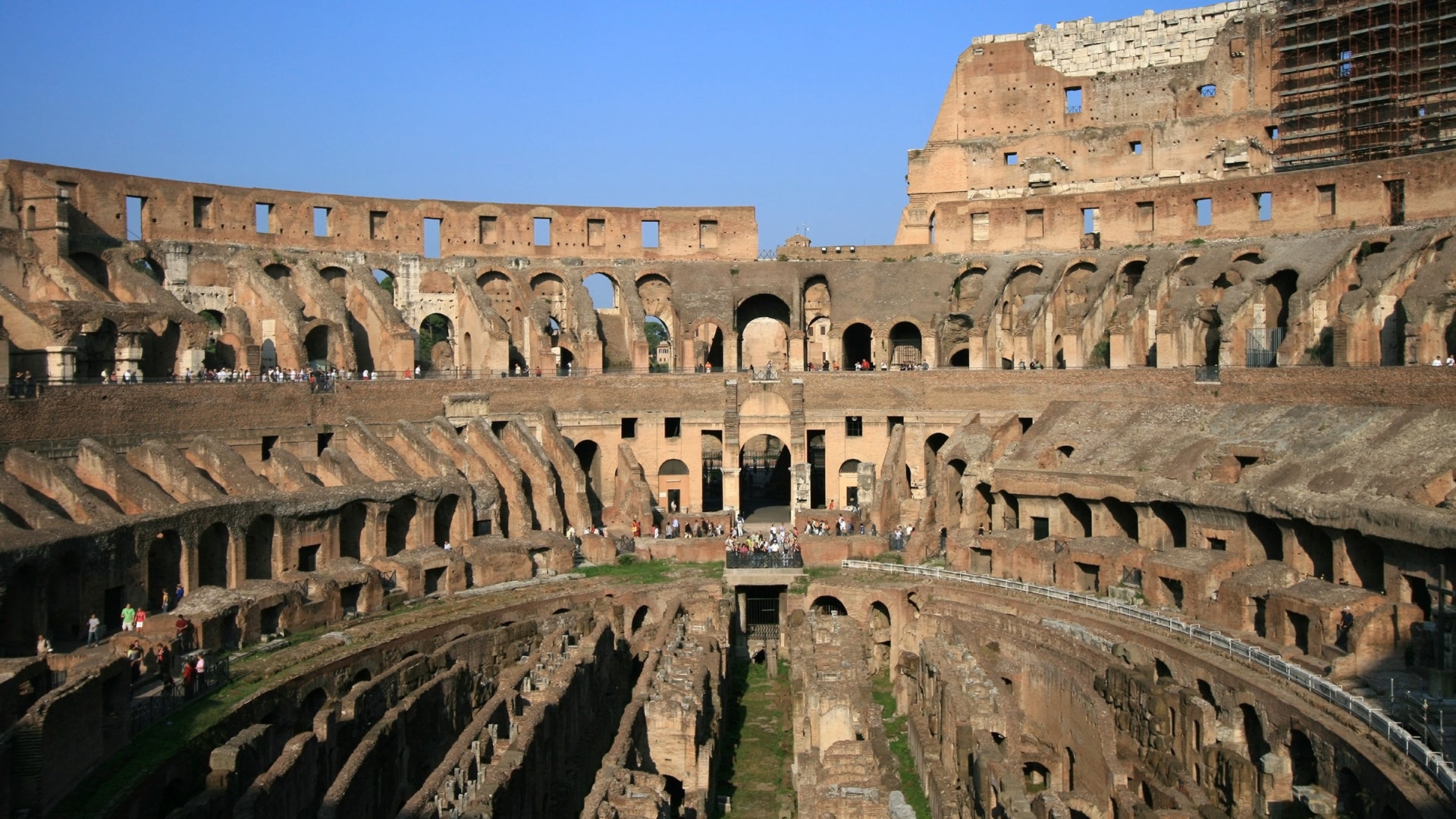The allure of ancient sports arenas goes beyond their architectural marvels; they are historical landmarks that have witnessed the birth and evolution of competitive sports. These ancient structures tell tales of a time when athletes competed for glory, honor, and sometimes, their very survival. Today, they stand as a testament to the enduring spirit of human athleticism and the cultural significance of sports in ancient societies. Let’s embark on a journey through history to explore some of the most fascinating ancient sports arenas around the world.
1. The Colosseum, Rome, Italy
Perhaps the most iconic symbol of ancient sports arenas, the Colosseum, also known as the Flavian Amphitheatre, was the epicenter of Roman entertainment. Built in the 1st century AD, it hosted gladiatorial contests, battles reenacted with real animals, executions, and dramas based on Classical mythology. The Colosseum could hold up to 80,000 spectators, showcasing the importance of public spectacles in Roman culture.
2. The Stadium at Olympia, Greece
The ancient Stadium at Olympia, the birthplace of the Olympic Games, holds a special place in the history of sports. The original Olympic Games, held in honor of Zeus, were a religious festival as much as an athletic competition. The stadium could accommodate more than 40,000 spectators and remains a key site for understanding the origins of competitive sports and the Olympic spirit that lives on today.
3. The Hippodrome of Constantinople, Istanbul, Turkey
The Hippodrome was the sporting and social center of Constantinople, capital of the Byzantine Empire. It was primarily used for chariot racing, one of the most popular sports of the time. While much of the structure has been lost to history, the surviving monuments and the layout of the track still offer insights into the grandeur of Byzantine entertainment.
4. The Circus Maximus, Rome, Italy
Another testament to the Roman love for sports and spectacle, the Circus Maximus was the largest chariot racing stadium in ancient Rome. Capable of seating approximately 150,000 spectators, it was the scene of thrilling chariot races that were among the most popular events in Roman life, illustrating the importance of public entertainment and competition in ancient societies.
5. The Great Ball Court, Chichen Itza, Mexico
The ancient Mayans were known for their architectural and astronomical knowledge, but they were also avid sports enthusiasts. The Great Ball Court at Chichen Itza is the largest and most famous of the Mayan ball courts where the Mesoamerican ballgame was played. This game had significant religious and ceremonial importance, often involving rituals that included human sacrifice.
Exploring These Ancient Arenas Today
Visiting these ancient sports arenas offers a unique glimpse into the past, allowing modern spectators to walk in the footsteps of ancient athletes and imagine the roar of the crowd. These sites not only highlight the architectural ingenuity of ancient civilizations but also underscore the universal human passion for sports and competition.
Conclusion
The ancient sports arenas stand as monuments to humanity’s long-standing fascination with athletic prowess and competition. They remind us of the cultural and social roles that sports have played throughout history, uniting communities and inspiring individuals to achieve greatness. Exploring these arenas allows us to connect with the past and appreciate the origins of the sports that continue to captivate the world today.
